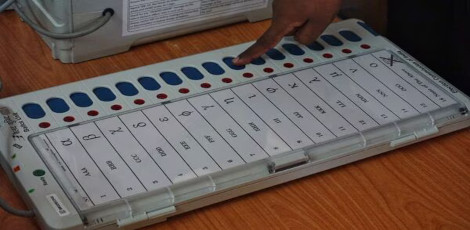No. of views : (2280)
L&T Finance Financial Performance for the quarter ended 30th June, 2018
Posted on: 21/Jul/2018 9:21:33 AM

The Board of Directors of L&T Finance Holdings Ltd. (LTFH), at its meeting held today, approved the unaudited financial results for quarter ended 30th June 2018 (Q1FY19).
In line with direction from Ministry of Corporate Affairs, LTFH has adopted Indian Accounting Standards (IND AS) with effect from 1st April 2018. Results of Q1FY19 are prepared and reported in compliance with IND AS requirements. Additionally, for the same quarter of previous year (Q1FY18), figures have been recast to fit IND AS requirements.
Some key changes due to adoption of IND AS for LTFH are:
1. Expected Credit Losses (ECL): ECL methodology prescribed in IND AS is based on the principle of providing for expected future losses, rather than incurred losses, which was followed under the previous accounting standard. Since required provisions are assessed using statistical modelling, ECL methodology facilitates granular analysis of portfolio, thereby translating true risk of a portfolio into provisions.
Under the previous accounting standard, an asset was classified as either standard (Not an NPA) or sub-standard (NPA). Under the new accounting standard, assets are classified as Performing Assets (Stage 1), Underperforming Assets (Stage 2) or
Assets (Stage 3). In accordance with highest standard of transparency and governance, LTFH has reported its Stage 3 assets to include NPAs (above 90 DPD), Infra assets where regulatory forbearance was available (SDR, S4A, 5:25, etc.) and other standard assets with incipient stress.
In its Infra portfolio, LTFH has taken the entire Expected Credit Loss on its legacy stressed portfolio. LTFH�s legacy Infra stressed portfolio now carries provisions of ~Rs. 3,000 cr. against total portfolio of ~Rs. 5,000 cr. Of the Rs. 3,000 cr., LTFH was already carrying nearly Rs. 1,200 cr. of provisions as on 31st March 2018 under the previous accounting standard. The remaining Rs. 1,800 cr. have been adjusted against opening reserves while transitioning to IND AS.
LTFH was taking accelerated provisions in its Infra stressed assets portfolio over last two years. The provisioning requirement on this portfolio is now complete.
In LTFH�s retail portfolios, i.e., Rural and d Housing, requirement of provisions have been assessed by statistically modelling past performance of its portfolio.
Preference Shares: Under the previous accounting standard, Preference Shares were included in networth and dividend paid on these shares were appropriated from profits. Under IND AS, Preference Shares are classified as financial liabilities and dividend paid is accounted as finance cost. Even under earlier accounting standard, LTFH was reporting Return on Equity (RoE) after excluding Preference Shares and dividend. Hence there is no impact on RoE of LTFH due to the new standard.
3. Fair Value of Investments and ESOPs: All investments have been revalued to their fair value in opening balance sheet and any further change in fair value is taken through P&L statement. Fair Market Value of ESOPs allotted to employees are calculated using Black Scholes method and taken in P&L, resulting in a small increase in manpower
cost.
4. Amortization of Fees: In line with requirement of IND AS, LTFH is amortizing its processing fees at Effective Interest Rate of the underlying loan. Since LTFH was already following this practice even under the previous accounting standard for a significant portion of its portfolio, the impact is minimal.
5. Taxation: IND AS mandates computation of deferred taxes using balance sheet approach as against P&L approach followed under previous accounting standard. Consequently, opening reserves on the transition date have been restated and impact of subsequent periods has been accounted for in P&L statement. This has resulted in slight increase of tax liability for LTFH.







